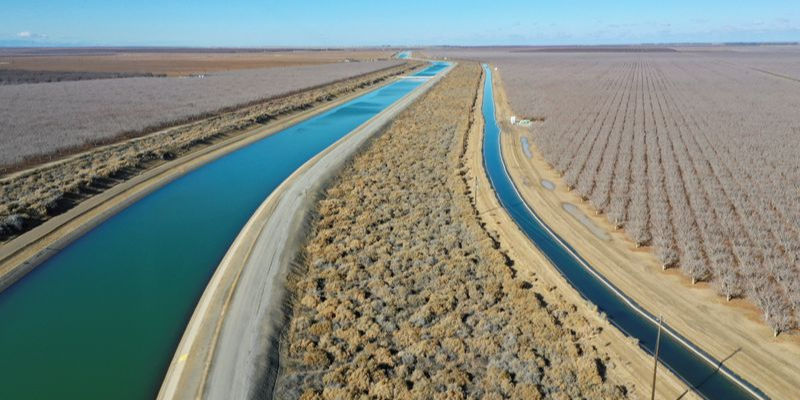Clear The Path: Why Fall Burndown Matters for Next Season
- by AGC News

- Aug 28
- 2 min read

As the 2025 harvest season winds down across the Central Valley, growers are already looking toward the challenges and opportunities of next year’s crop. Among the most effective post-harvest practices is a fall burndown program—a strategy that not only reduces weed pressure but also helps manage pests, disease, and residue breakdown ahead of spring planting.
Why Fall Burndown Matters
Even after harvest, fields remain active ecosystems. Winter annual weeds such as mustard, henbit, kochia, and marestail can germinate quickly in cooler temperatures, establishing themselves well before spring. Left unmanaged, these weeds compete for moisture and nutrients, contribute to a growing soil seed bank, and increase input costs in the coming season.
Fall burndown applications also help break the “green bridge,” limiting the ability of insects and diseases to overwinter. In addition, by promoting faster breakdown of crop residue, growers improve soil conditions and seed-to-soil contact—two critical factors for healthy establishment of the next crop.
Timing and Best Practices
Fall burndown treatments are most effective when weeds are small and actively growing, typically in the window between harvest and early winter. To maximize results, growers should:
Scout fields thoroughly to identify weed species and densities.
Apply during favorable conditions—warm, calm days free of frost, heavy rain, or high winds.
Incorporate multiple modes of action to broaden control and reduce the risk of resistance.
Consider rotation plans before selecting residual herbicides to avoid carryover issues.
This combination of scouting, timing, and product selection ensures fields remain clean and manageable heading into spring.
Featured Solutions for Effective Burndown
The Ag Center recommends an integrated approach that combines proven herbicides with innovative technologies to improve performance and efficiency.
Glyphosate / Glufosinate
Core systemic herbicides remain the backbone of fall burndown programs, providing broad-spectrum control of winter annual weeds.
When used in conjunction with glyphosate or glufosinate, NanoPro® enhances herbicide performance by improving uptake and translocation.
In replicated grower trials, NanoPro® increased glyphosate efficacy by up to 25% at just 4 ounces per acre.
Its nanotechnology-based formulation is compatible with systemic and contact chemistries, providing faster, more consistent control.
With a low use rate and cost-effective application, NanoPro® offers growers an efficient way to maximize herbicide performance during a critical agronomic window.

Soil Health AdditionsFollowing weed control, many operations benefit from incorporating amendments such as gypsum or compost to improve soil structure. Partner affiliates like Tree Barber provide custom spreading services to support these post-burndown improvements.
Preparing for the Next Season
Fall burndown is more than a clean-up pass—it is a strategic investment in next season’s productivity. By combining traditional chemistries like glyphosate and glufosinate with advanced tools such as NanoPro®, growers can achieve more effective weed suppression, reduce pest and disease risk, and ensure their soils are primed for spring.
For more information on building a fall burndown program tailored to your operation, contact The Ag Center team.
















